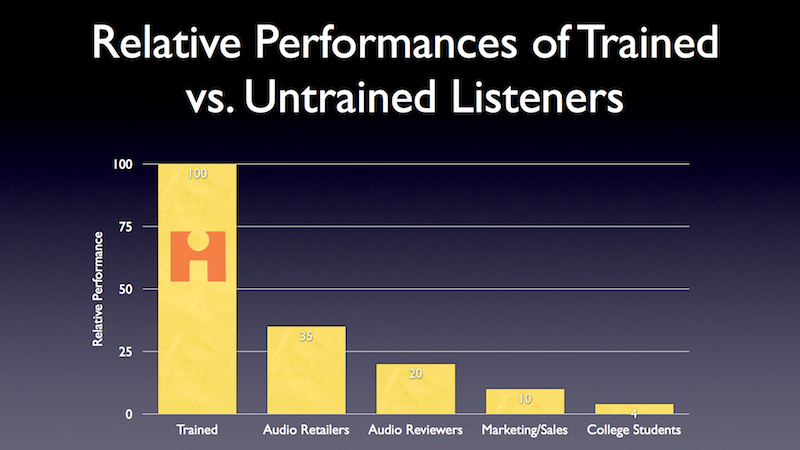I'm guessing you meant "room EQ" when you said EQ as there's nothing much to EQ in terms of speakers response here. Sure, you can correct those small resonances at 700, 1100 and 4700 Hz and correct hot tweeter response north of 6kHz, but it's nothing major - this speaker is pretty good the way it is and Amir didn't complaint about tonality.
I really can't relate those 2 narrow distortion peaks with the description of " grunginess and lack of clarity to everything it played".
View attachment 70662
I agree with you about distortion. Perhaps a different kind of distortion test would be more useful?
But I no, I didn't mean Room EQ, although that could play into things as well. Purely looking at the spin, I think the resonances are quite a bit more prominent on the Infinity IL10 compared to the revel. The 700Hz and 4700 Hz bumps seem like theyd be quite audible flaws to focus on - the resonances on the M16 by comparisons seem much less audible.
I don't have a good an explanation for 'grunginess' but as mentioned in my earlier post, Amir commented that the revel and infinity had overall similar tonality but the IL10 suffered from a 'lack of clarity'. Immediately I thought of the fact that after 'great bass' the second most common comment about the IL10 in the Olive Paper was 'Dull,' followed by 'Mid depression.'
Here are the listening comments most often attributed to the IL10 in the paper:
Great bass (22), Dull (20), Mid Depression/hole (16), Mellow (11), Smooth (10), Neutral (8), Balanced (7), Tubby (6), Colored (6), Muffled (5), Lacks Bass (5), Raspy (4), Warm (4), Bass Extended (4), Flat (4).
Regardless of the fact the speaker was ranked number 1, these are qualities listeners
did hear and described in their assessments.
Notably, the speaker ranked 3/13 in 'Dull,' 1/13 in 'mid depression,' and 1/13 in 'raspy.' I don't know about you, but that seems to correlate pretty well with what Amir described. These qualities are likely highlighted in the IL10 because the others had much more audible flaws, (Rank 4 had 74 complaints of 'bright,' for instance), but I think most all of these can be explained by the spin. Except for maybe raspy, which might be the 'grunginess' amir heard?
Preference score putting the M16 ahead aside, at least some of the IL10's flaws are clearly evident from the spins. That Amir did or didn't like the speaker is of less interest to me than the actual tonal qualities he heard.
Concordance between the Klippel and the Harmann data is very good. Below 100Hz, Klippel shows more output (or Harmann anechoic chamber is not perfect below 100Hz).
View attachment 70648
P.S.: I agree with others that this thread is deviating from a data driven approach ...
@pierre, what's going on in that graph, did you use the wrong speaker? I personall do not consider that very good correlation

. But when I imported the data into REW I get
much closer correlation:
Note, I recalculated the Early Reflections/ERDI curves with the proper formula, which shows the scoop in the upper mids region.
Notably, the ERDI curve in particular is essentially a perfect correlation above 60-70Hz (presumably when Harman's chamber stops being fully anechoic).
P.S.
@amirm FYI, just a closer look at how your measurements compare to Harmans and where room effects kick in. Don't think you could ask for much better than this, especially the ERDI curve.


